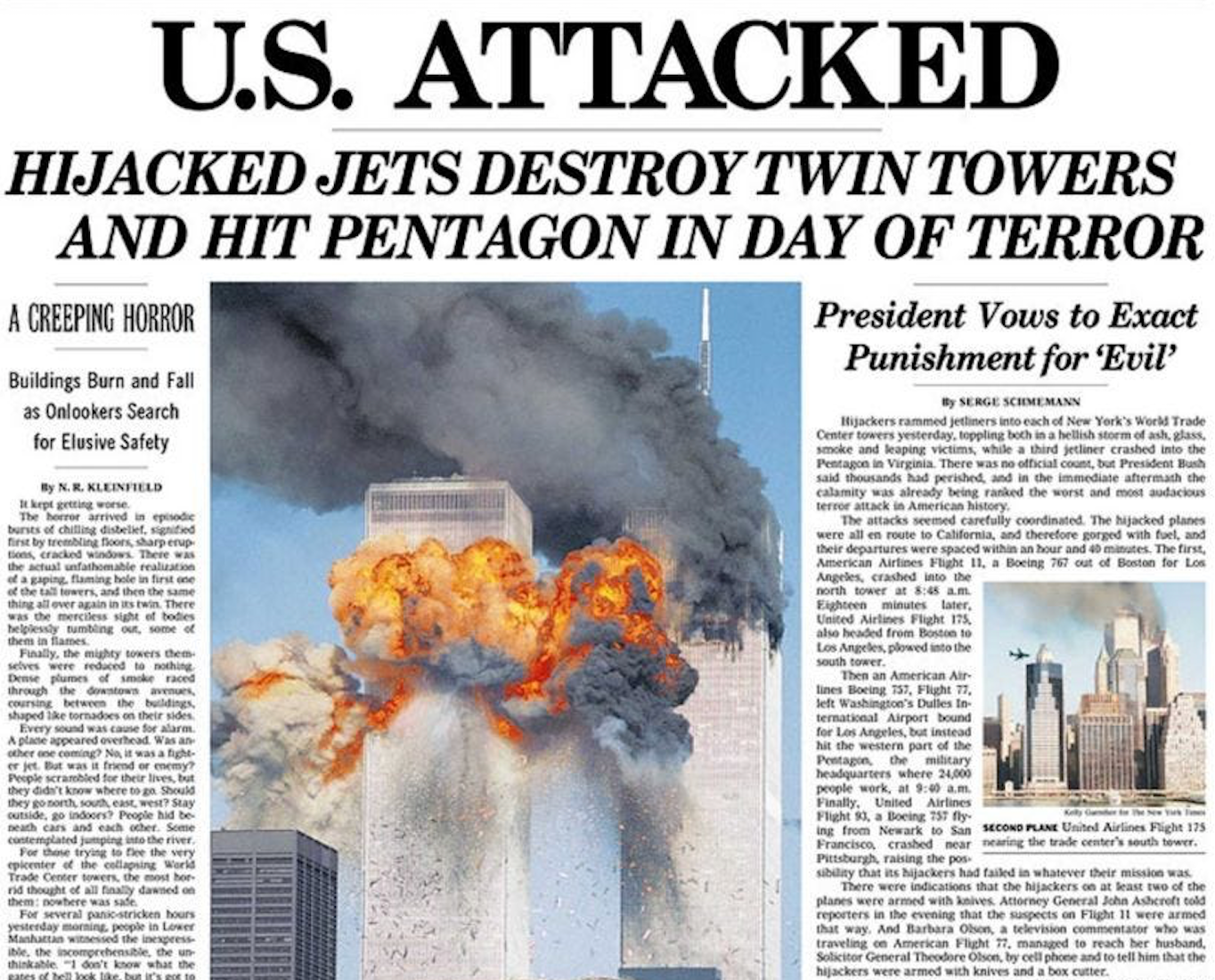The News Articles Ideas
The News Articles Ideas
Blog Article
Our News Articles Diaries
Table of ContentsThe 3-Minute Rule for News ArticlesThe smart Trick of News Articles That Nobody is DiscussingAll About News ArticlesThe Best Strategy To Use For News ArticlesSome Known Details About News Articles
Excellent understanding of various subjects offers pupils a competitive side over their peers. Despite the fact that electronic and social media are conveniently available, we ought to not forget just how important it is to read the newspapers. Moms and dads should attempt and inculcate the routine of reviewing a newspaper as an everyday routine to continue the tradition of the adored print tool.News stories also consist of at the very least one of the complying with vital characteristics relative to the intended audience: proximity, importance, timeliness, human rate of interest, oddity, or repercussion.
Within these restrictions, news stories also aim to be comprehensive. Amongst the bigger and a lot more respected papers, fairness and balance is a significant aspect in providing info.
Newspapers with a global target market, for example, have a tendency to use an extra formal style of creating. The certain choices made by an information electrical outlet's editor or editorial board are often gathered in a style overview; typical style guides consist of the and the US Information Style Book. The primary objectives of news writing can be summed up by the ABCs of journalism: accuracy, brevity, and quality.
Not known Factual Statements About News Articles
Generally, reporters will certainly not make use of a long word when a short one will do. They utilize subject-verb-object construction and brilliant, active prose (see Grammar). They offer narratives, instances and metaphors, and they seldom depend upon generalizations or abstract ideas. News writers try to avoid using the exact same word greater than when in a paragraph (occasionally called an "resemble" or "word mirror").
Headings in some cases omit the topic (e.g., "Leaps From Watercraft, Catches in Wheel") or verb (e.g., "Cat lady lucky"). A subhead (likewise subhed, sub-headline, subheading, subtitle, deck or dek) can be either a subordinate title under the main heading, or the heading of a subsection of the post. It is a heading that precedes the main text, or a team of paragraphs of the main text.

Added billboards of any of these kinds may show up later on in the write-up (specifically on succeeding web pages) to attract more reading. Such signboards are likewise made use of as guidelines to the article in other areas of the magazine or site, or as promotions for the piece in other magazine or sites. Regular structure with title, lead paragraph (recap in bold), various other paragraphs (details) and get in touch with information.

Instance of a hard-lead paragraph NASA is suggesting imp source another space official statement job. The budget demands roughly $10 billion for the project.
The NASA news came as the company asked for $10 billion of appropriations for the project. An "off-lead" is the second most essential front web page news of the day. The off-lead shows up either in the top left corner, or straight below the lead on the. To "hide the lead" is to begin the write-up with background information or information of additional significance to the viewers, compeling them to find out more deeply into a write-up than they need to have to in order to uncover the vital points.
The Greatest Guide To News Articles
Common usage is that one or more sentences each develop their own paragraph. Reporters usually explain the organization or framework of an information story as an inverted pyramid. The crucial and most fascinating aspects of a tale are placed at the beginning, with supporting details adhering to in order of lessening significance.
It permits individuals to check out a topic to just the deepness important site that their inquisitiveness takes them, and without the charge of details or nuances that they might think about unimportant, but still making that information readily available to much more interested viewers. The upside down pyramid structure also allows short articles to be trimmed to any approximate size during layout, to suit the room readily available.
Some authors start their tales with the "1-2-3 lead", yet there are many kinds of lead available. A twist can refer to multiple points: The last tale in the information program; a "pleased" tale to finish the program.
Longer articles, such as magazine cover write-ups and the pieces that lead the within areas of a newspaper, are recognized as. Feature tales differ from straight news in numerous means.
The Best Guide To News Articles
The journalist commonly details interactions with interview subjects, making the piece extra individual. A function's very first paragraphs often relate an appealing minute or event, as in an "anecdotal lead". From the particulars of a person or episode, its view swiftly broadens to generalities about the story's topic. The area that signifies what an attribute has to do with is called the or billboard.

The Editor's Tool kit: A Recommendation Overview for Beginners and Professionals (2001) Allan M. Siegal and William G. Connolly. The New York Times Handbook of Style and Usage: The Authorities Design Guide Used by the Writers and Editors of the Globe's Most Authoritative Paper (2002) M. L. Stein, Susan Paterno, and R.
Report this page